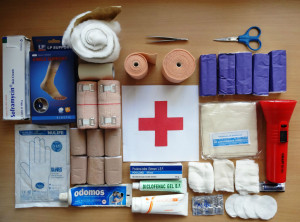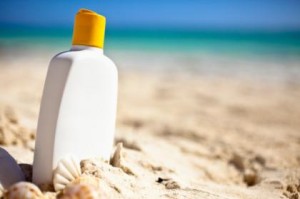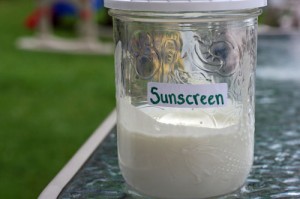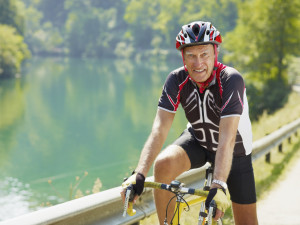 The best part about summer is all the time we get to spend outside; and spending time outside means that they’ll be accidents, and injuries. Here’s what you’ll need to be ready.
The best part about summer is all the time we get to spend outside; and spending time outside means that they’ll be accidents, and injuries. Here’s what you’ll need to be ready.
When discussing bandages, many people aren’t sure if it is better to leave the wound uncovered or to use a bandage. The best thing you can do is: clean, treat and protect.
Cuts that are left uncovered will dry out and form a scab. A scab can slow down the healing process by creating a barrier between the cut and healthy skin cells. The cells have to grow under the scab in order to form new tissue and heal. If a scab forms, it can be scratch or torn off, which causes a re-injury, and can leave a scare.
Cuts that are covered can prevent a scab from forming, minimizing the chance of scarring, protect from a re-injury, and can prevent exposure to germs and secondary infections.
Whenever you are spending time outside, remember to bring a first aid kit with you. Making a first aid kit is easy, inexpensive and quick – and it could save your life.
Your first aid kit should contain:
- Sterile gauze pads (dressings) in small and large squares to place over wounds
- Roller and triangular bandages in various sizes to hold dressings in place or to make an arm sling
- Adhesive bandages in assorted sizes
- Scissors and tweezers
- Moistened towelettes
- Alcohol-based hand cleaner
- Antiseptic wipes or soap
- Thermometer
- Tongue depressors
- Chemical cold pack/ Instant ice packs
- Petroleum jelly tube
- Safety pins
- Flashlight
- Pencil and pad
- Soap
- Eye patches
- a pocket mask
- Emergency blanket
- Disposable non-latex gloves, such as surgical or examination gloves
- Sunscreen/bug repellent
- First aid manual
- Non-prescription drugs (pain reliever, anti-diarrhea medication, antacid, laxative, activated charcoal)
“The official Canadian Red Cross First Aid app puts lifesaving advice in your hands. This free app helps you maintain your first aid skills and respond to everyday emergencies. By downloading the app on your smartphone or tablet, you get instant access to videos, simple, step-by-step instructions guide you through everyday first aid scenarios. The preloaded content means you have instant access to all safety information at any time, even without reception or an Internet connection”.
If you are going camping or hiking to a secluded area, you might want to take a first aid course. Most community centres offer inexpensive 2 day or evening classes.
The major benefits of knowing first aid are that it affords people with the ability to provide help during various emergency situations, and that the right methods of medical help are provided.
Accidents will always happen, however, trained individuals with the right first aid equipment can ensure safety for everyone. Without the proper first aid, a simple injury can turn into something much more serious.









